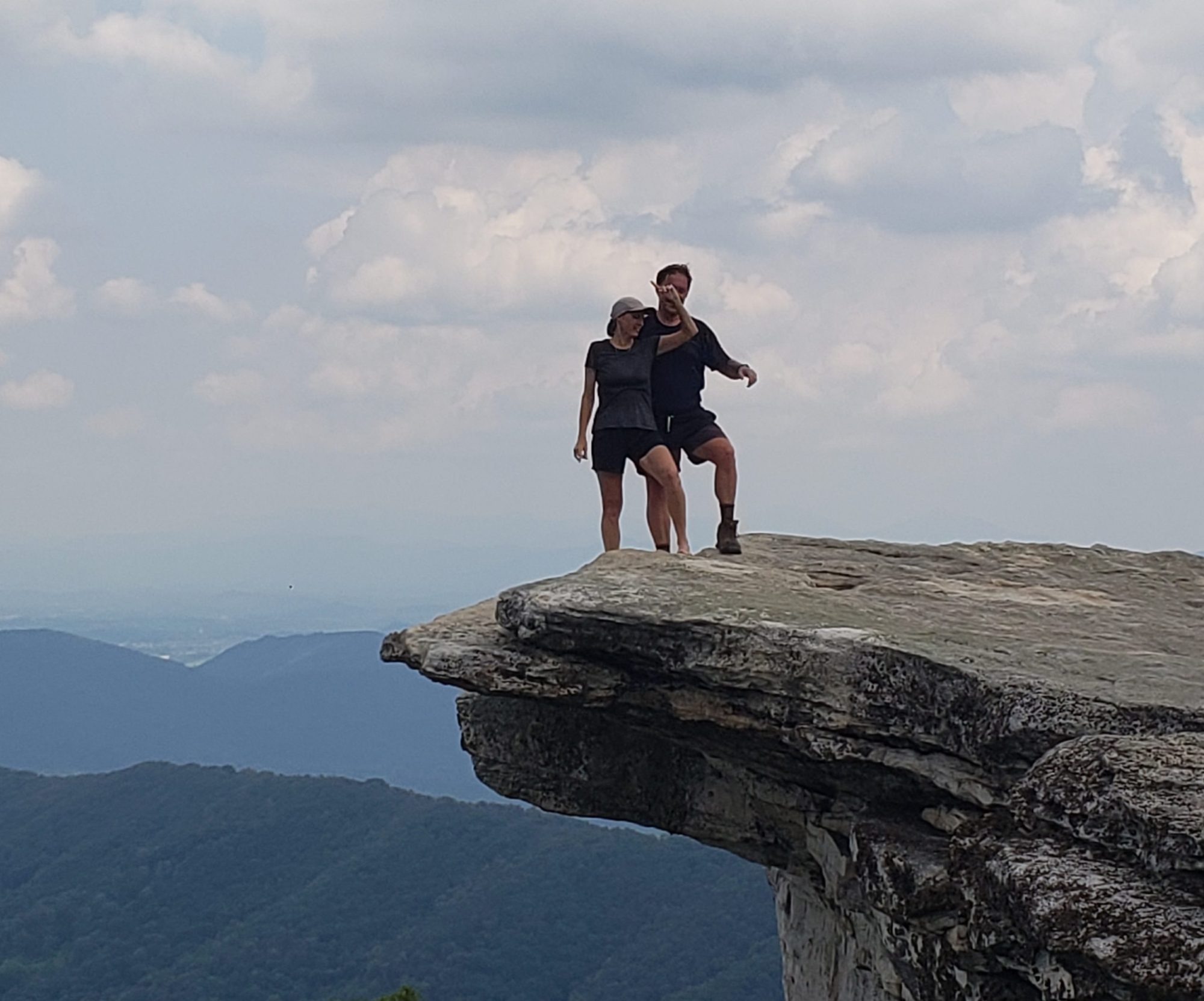
Just in case you were wondering where we are going next?

Some views were very similar to the amphitheater at Bryce. Gorgeous nonetheless.

Even Zion has Arches!

As one of the roads in the park is a thru-road to other places there were two tunnels blasted out for our driving pleasure. If we were pulling our camper it would have cost us an extra $15 to travel through the park. During peak season, the other road is closed to private vehicles so we would have to park at the visitor center and take a shuttle bus to all stops in that section of the park.

We did find a nice 5 mile hike in the park to see some of the local geology. Really cool striations here. Not sure if they were formed as part of the rock forming process or if water eroded it that way?

We stayed at a park in Hurricane, Utah. Not sure if the mesa was named after the town or vice-verse but some pretty cool history in the area. Back in the 50s the Hurricane Mesa Test Facility was used to test airplane ejection seats. There is a 12000 foot railway to launch test sleds that held the ejections seats. At one time a 9400 pound sled got up to a speed of over 1800 mph. A new land speed record at the time. The facility is still in use as an ejection seat test track.

Hurricane Mesa from a distance.

Some really cool rock formations in this neck of the woods.

More beauty abounds!

Hate to compare parks but this reminded us of Bryce Canyon not a 100 miles away as the crow flies.

We were itching to take a nice hike down into the canyon but we could not locate a downward pointing trail. A view from afar it is today. We will have to revisit Zion in the future to check out all the other trails that lead off the major road closed to our vehicle this time around.

Here is a sure fire way not to beat the heat of the southwest. No first responders as we passed but the previous occupants looked calm enough whilst they waited for the fire truck.





















































































